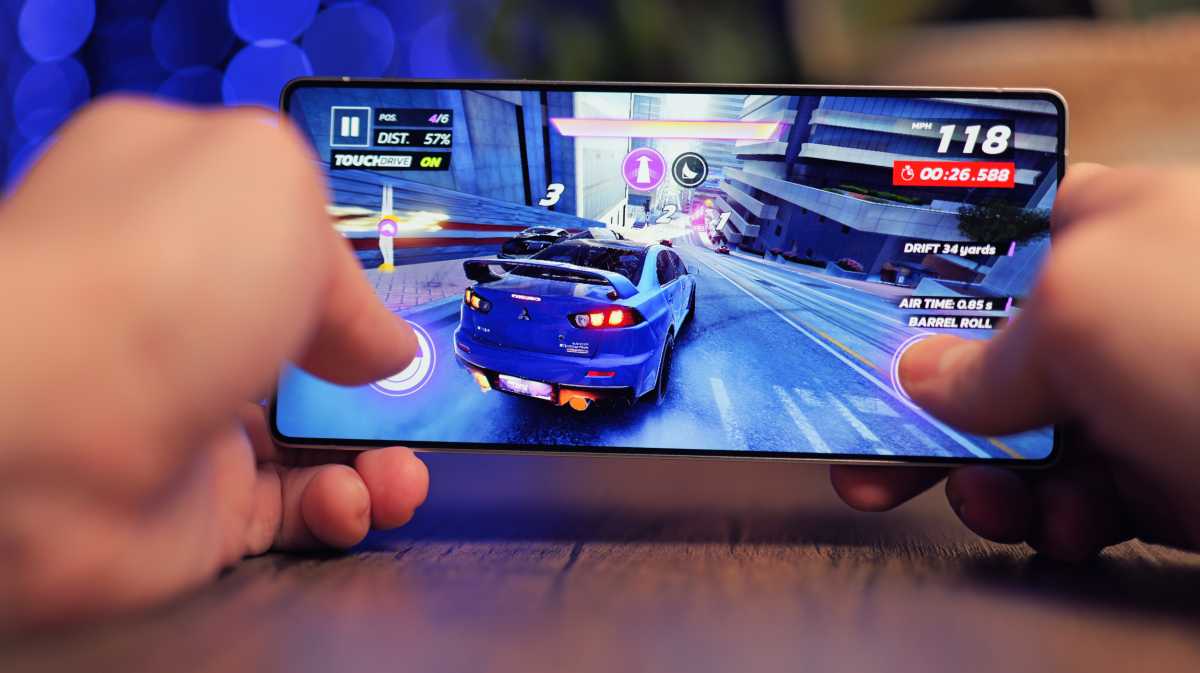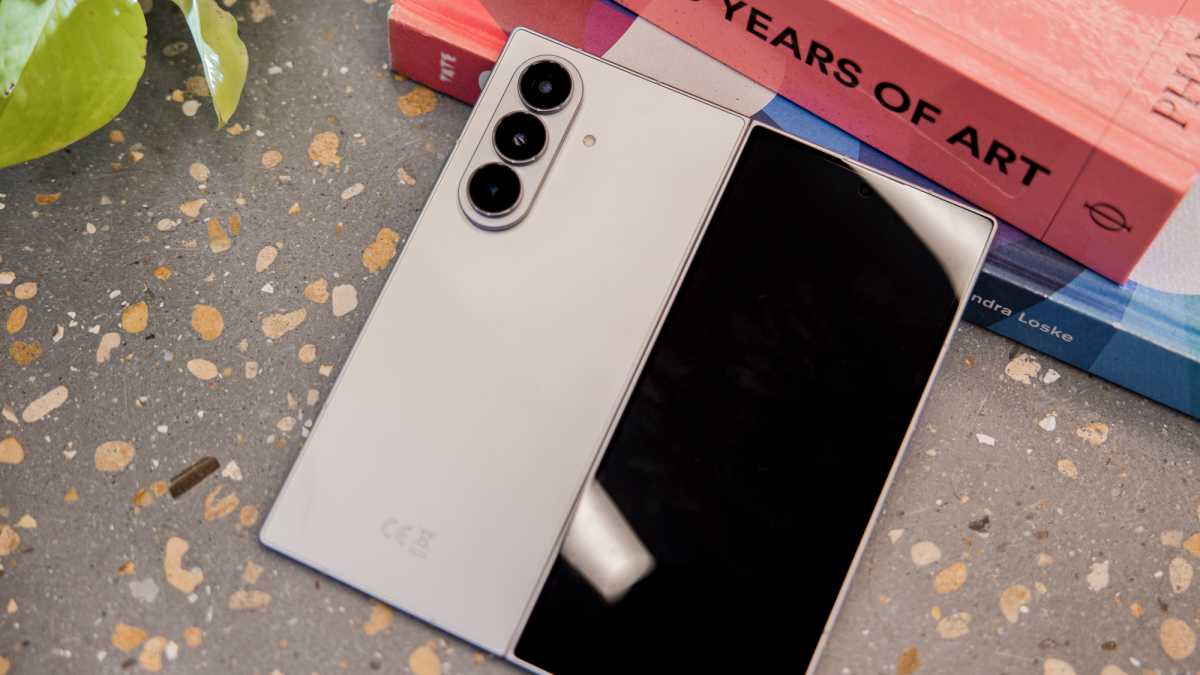In case you missed the memo, book-style foldables aren’t the most exciting smartphones anymore.
That spotlight has shifted to tri-folds, but so far, Huawei is the only brand that has actually shipped one. It’s called the Mate XT, and from the short time I spent with it, I can confidently say it’s the most practical foldable I’ve used yet.
Samsung might not be far behind. The company is rumored to launch its own tri-fold phone later this month. Early reports hinted at a limited release in South Korea and China, but newer updates suggest it could make its way to the US as well. If Samsung is feeling generous, we might even see a UK and EU launch, although nothing is confirmed yet.
That said, if a tri-fold is really coming this month, it needs to offer more than just a bigger screen. I’ve never been sold on foldables because, beyond the novelty, you still end up compromising in vrious ways, despite the huge price tag. But I’d genuinely consider buying one if it nailed just three key features.
Proper all-day battery life
One thing I can’t tolerate in a phone is weak battery life, and unfortunately, that’s still the case with most foldables. The OnePlus Open is probably the only foldable I’ve used that delivers respectable screen-on time. Its 67W charging helps make up for any shortcomings.
With the Huawei Mate XT, I was getting around six to seven hours of screen time during average use, which included watching videos, scrolling through social media, and some light gaming. That’s acceptable for a tri-fold.
Luke Baker
Samsung, on the other hand, has consistently lagged behind in this department. The Galaxy Z Fold 7 barely touches six hours of screen-on time in my experience, and it still charges at just 25W, taking close to an hour and a half to fully charge. I don’t expect Samsung to suddenly double its charging speeds, but at the very least, a bigger battery should be non-negotiable this time.
A tri-fold form factor naturally invites more screen time. If I’m going to use it for media consumption or even light productivity, it needs to last. Otherwise, it ends up being just another cool form factor that stays underused because the battery can’t keep up.
Samsung is apparently experimenting with a new three-cell battery layout to increase capacity without making the device thicker, according to a patent spotted by Galaxy Club. This might push the capacity to around 5,000mAh, which is a decent number.
One thing I can’t tolerate in a phone is weak battery life
But if we’re talking about a device that will unfold into something close to a 10-inch display, 5,000mAh should not be seen as impressive. It should be the bare minimum.
A true 16:9 layout and desktop-style apps
If there’s one thing I can say for sure about the Samsung tri-fold, it’s that it’s going to cost more than the Galaxy Z Fold 7, which already starts at £1,899/$1,999. If I’m going to spend £2,000/$2,000 or more on a smartphone, I expect to use it for far more than just scrolling through Instagram.
And it’s not like the phone will lack the hardware to do more. The trifold is rumored to feature a Snapdragon 8 Elite chip, capable of handling workloads that were once reserved for full-fledged laptops. It’s not quite its successor in the latest Snapdragon 8 Elite Gen 5, but I doubt you’ll be able to tell the difference.
I’m not expecting to edit feature-length films on a mobile device, but a tri-fold that unfolds into a 10-inch display changes the equation. With a proper 16:9 or 16:10 aspect ratio, you suddenly have room to run desktop-style apps, from photo and video editing suites to productivity tools, in a way that feels natural.
Gaming is another area where a tri-fold could actually make sense. Mobile GPUs today are more than capable of running high-end titles, but the experience is always let down by the cramped screen.

Luke Baker
A larger unfolded display changes that equation. Pair it with a Bluetooth controller, and you have a full gaming setup that still fits in your pocket. I’m not pretending it will replace a proper console or run full-blown AAA games, but if it can deliver a decent experience on the go, that alone would justify the form factor a lot more than current foldables do.
The potential doesn’t stop at productivity or gaming. A large, well-proportioned display opens doors for multitasking, media creation, and entertainment in ways current foldables simply can’t match.
If Samsung can prove that a single device can replace your phone, your tablet, and even parts of your laptop workflow, the high price finally starts to feel justified
Genuine flagship cameras
One of my biggest complaints about Samsung’s Galaxy Z Fold lineup since the Fold 4 has been its cameras. When you’re paying close to £2,000/$2,000 for a phone, you expect the camera experience to be among the best, and so far, that hasn’t been the case.
Part of the problem is structural. Foldables have a slimmer profile, which makes it difficult to fit larger sensors and lenses into a thin chassis. That means some compromises are inevitable. I would seriously consider folding phones if they offered flagship-level cameras that could match the performance of the best slab phones, but I haven’t seen that happen yet.

Dominik Tomaszewski / Foundry
Samsung did make meaningful improvements with the Galaxy Z Fold 7, replacing the 50Mp wide-angle lens with a 200Mp sensor. The Fold 7 may not be the absolute best camera phone at this price point, but it finally competes with other high-end devices.
If Samsung applies the same upgrades to its upcoming tri-fold, it could finally deliver a foldable that feels complete, a device that doesn’t just wow with form factor but also delivers flagship performance across the board.
A potentially huge moment
Samsung’s tri-fold has me excited in a way even the best phones never quite managed. The concept of folding smartphones is undeniably cool, but they haven’t justified their price beyond the novelty factor.
Whenever I show someone a foldable from Samsung or Google, the reaction is always the same. Everyone agrees it looks impressive, yet there’s very little real interest in actually buying one. They’re fun to play with, yet not necessarily compelling to buy.
Tri-folds might be the first step toward changing that. If Samsung can prove that a single device can replace your phone, your tablet, and even parts of your laptop workflow, the high price finally starts to feel justified.
Considering other foldable form factors? See our guide to the best folding phones you can buy right now.








